Energy is a key factor in combating climate change, one of the biggest challenges the world is facing today. India has committed to cutting emissions to net zero by 2070 and set ambitious targets for adopting renewable energy. Achieving these targets requires careful planning and an overhaul of our current energy system.
Our work aims at enabling policies that encourage the adoption of rooftop solar, facilitate the development of technology for energy storage, strengthen the grid and transmission infrastructure, advance hydrogen technologies, and promote green mobility. CSTEP's research looks at the various aspects of mainstreaming renewable energy for a cleaner, greener energy sector.
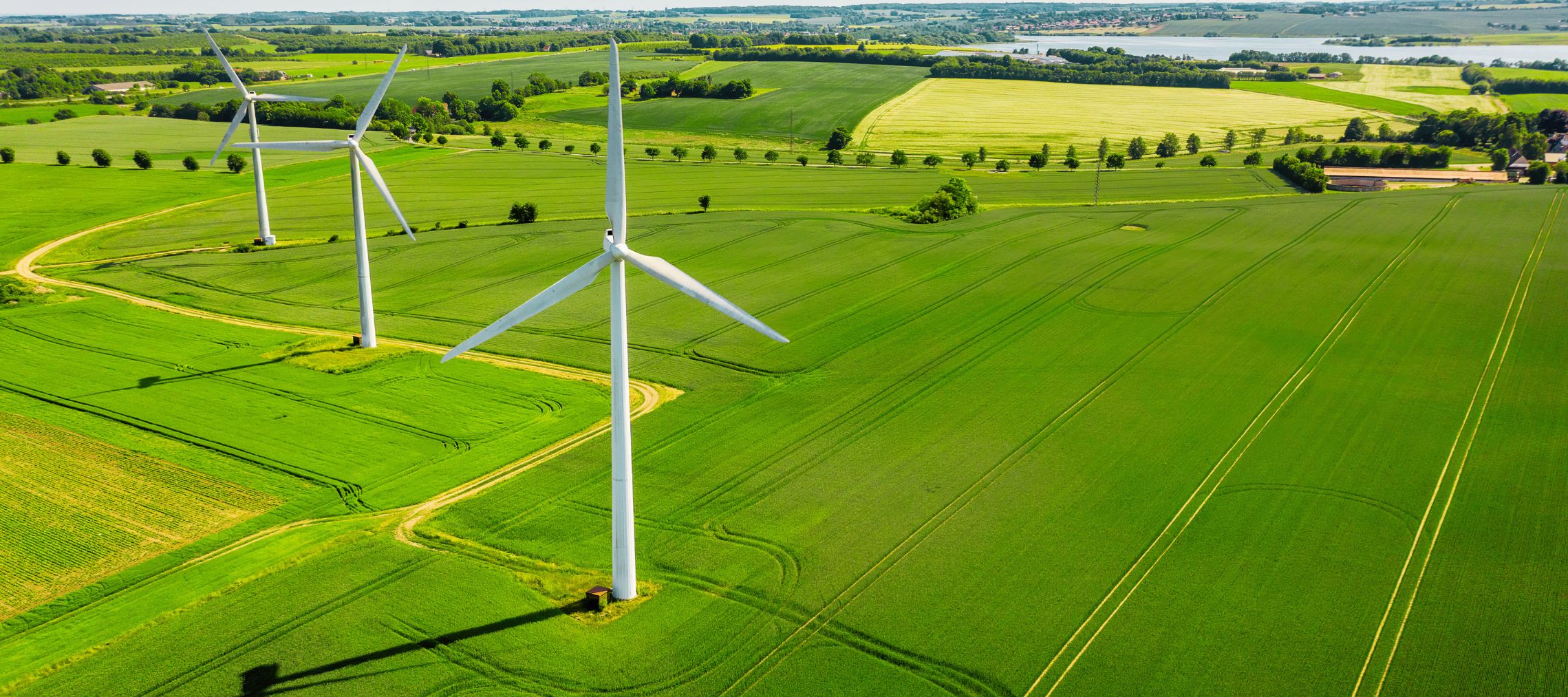
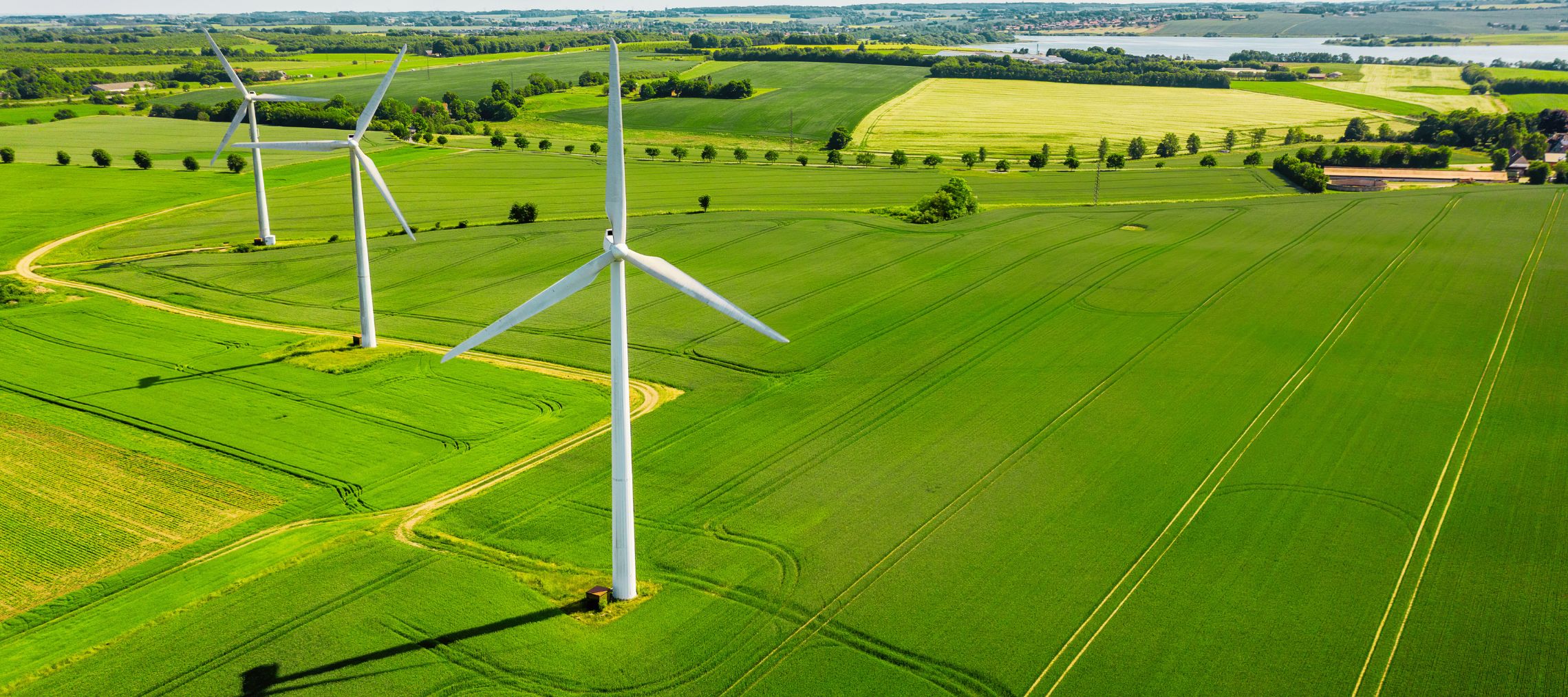

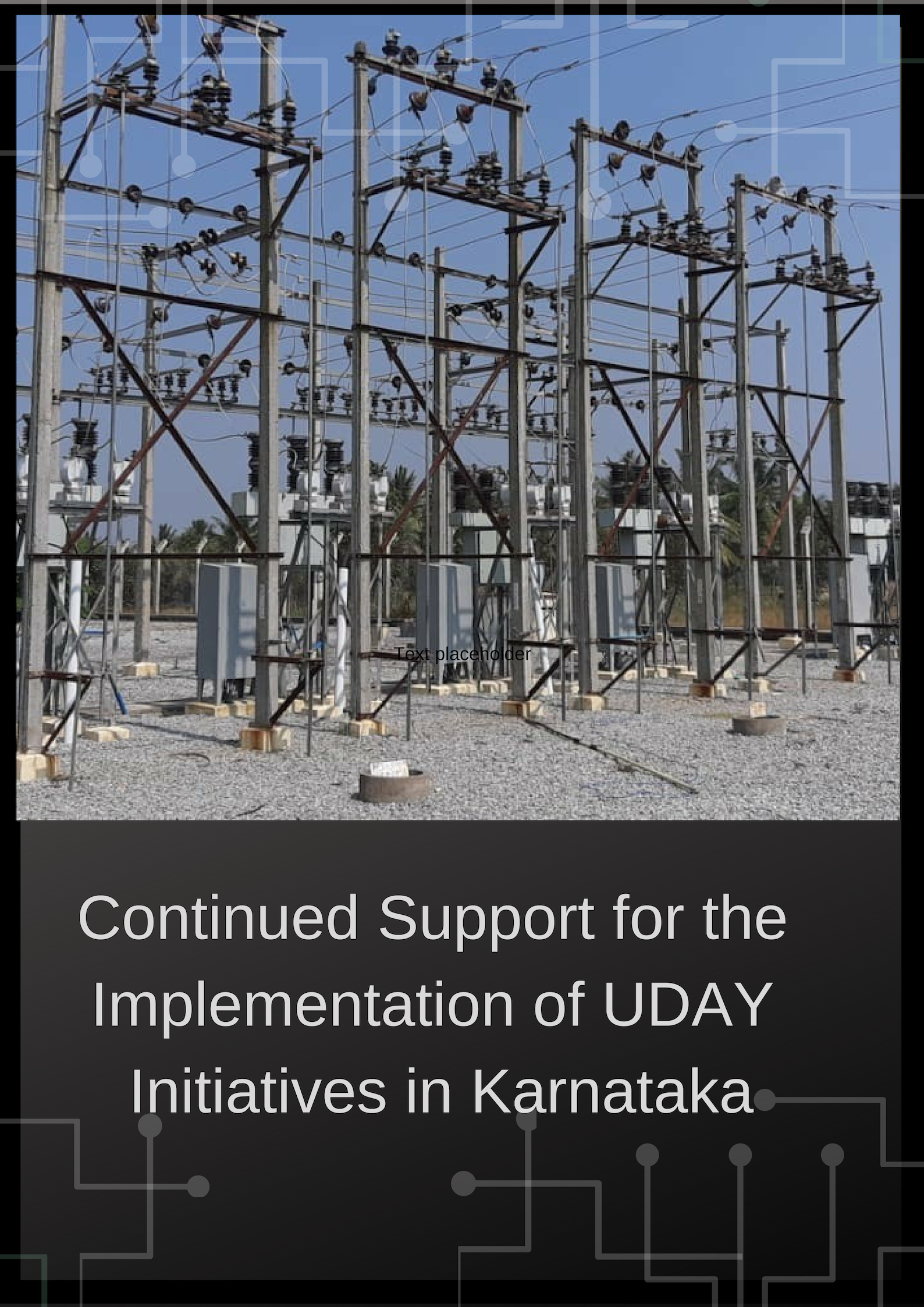
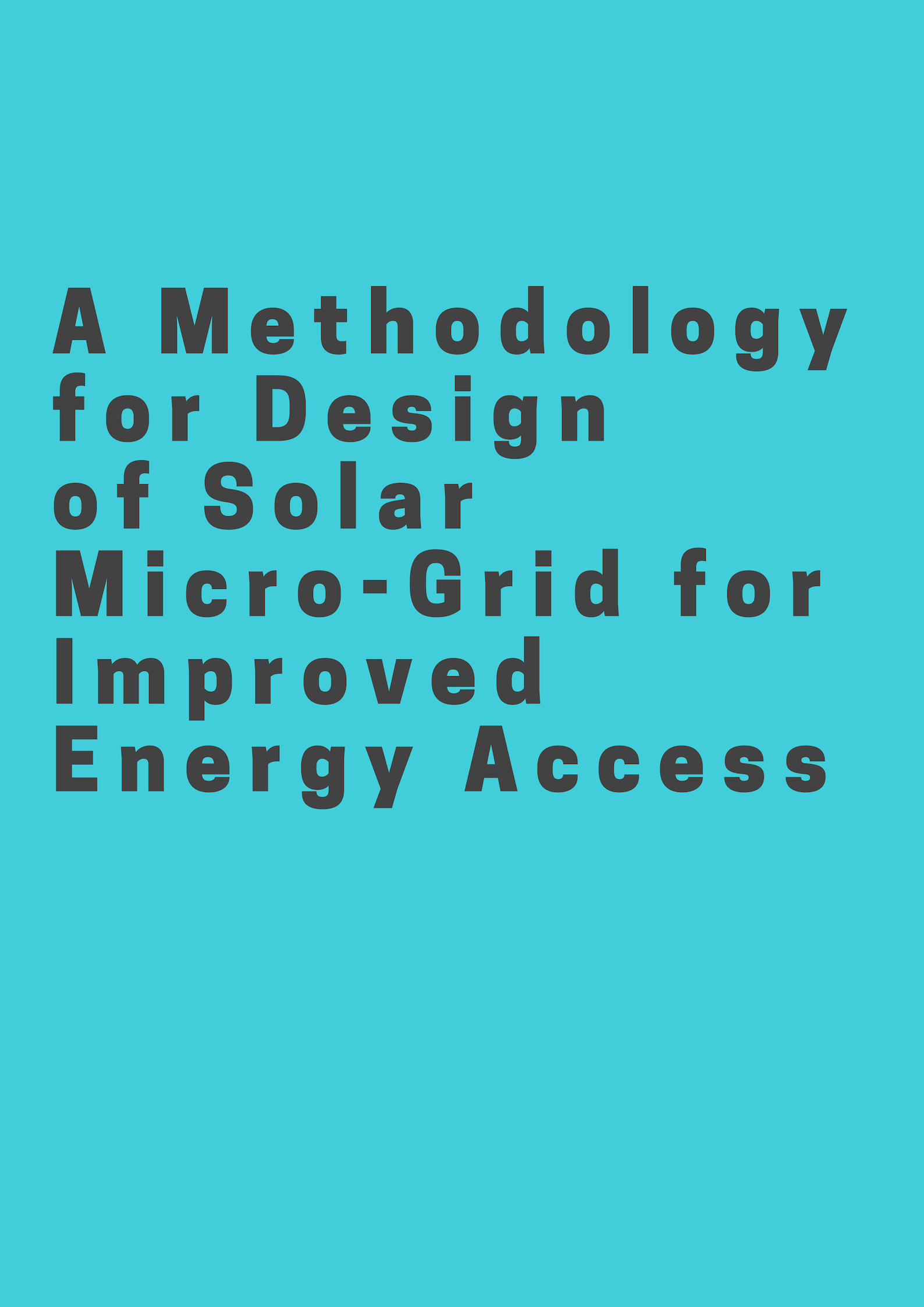

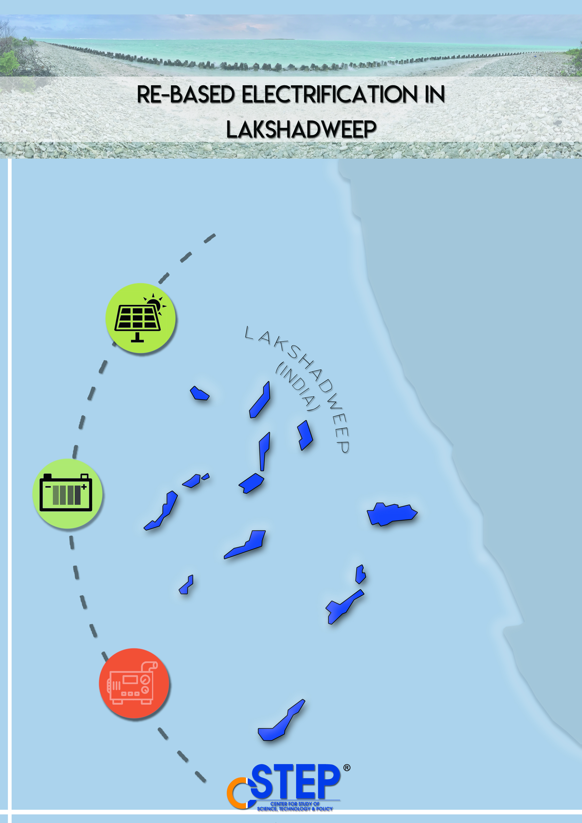
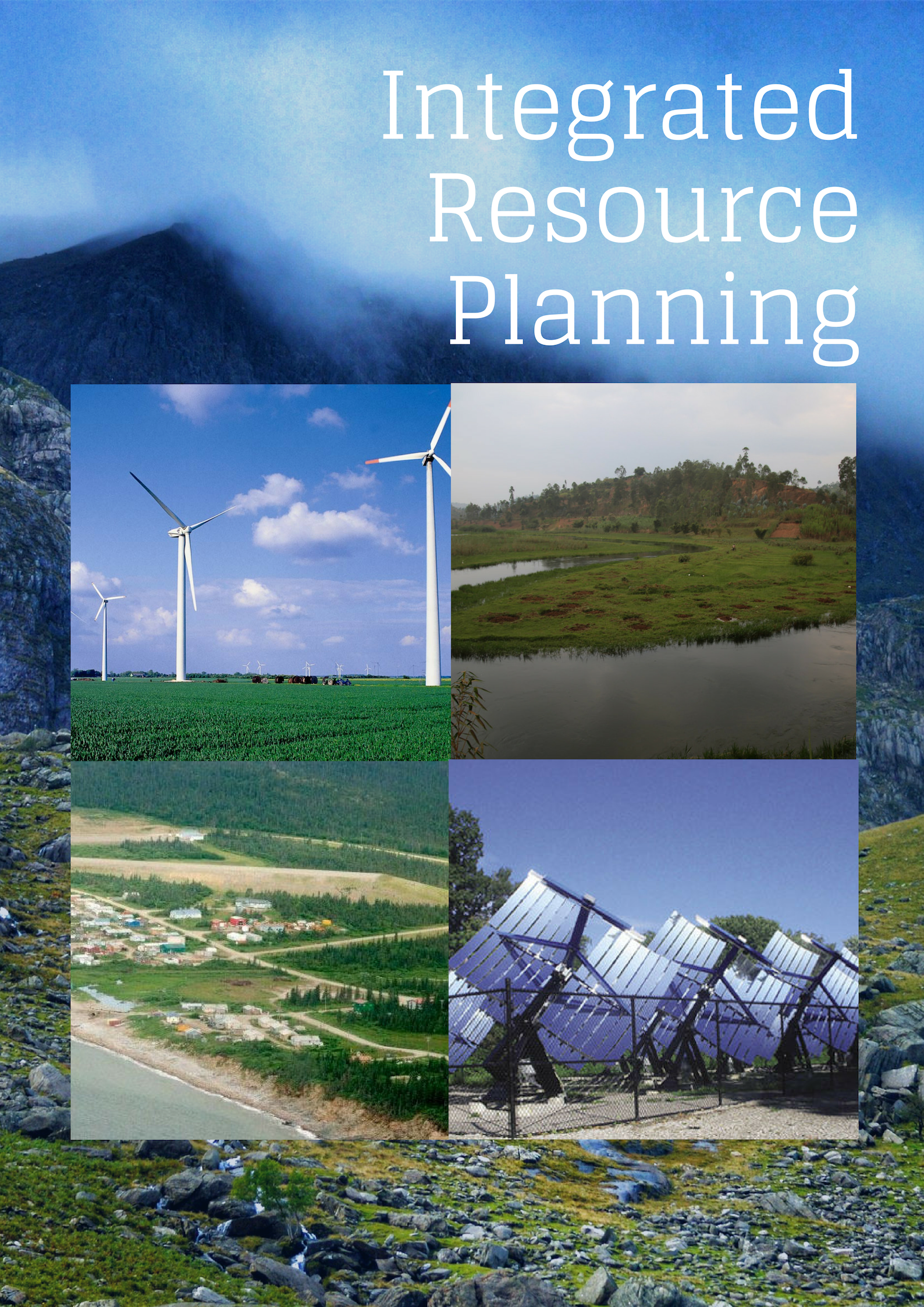
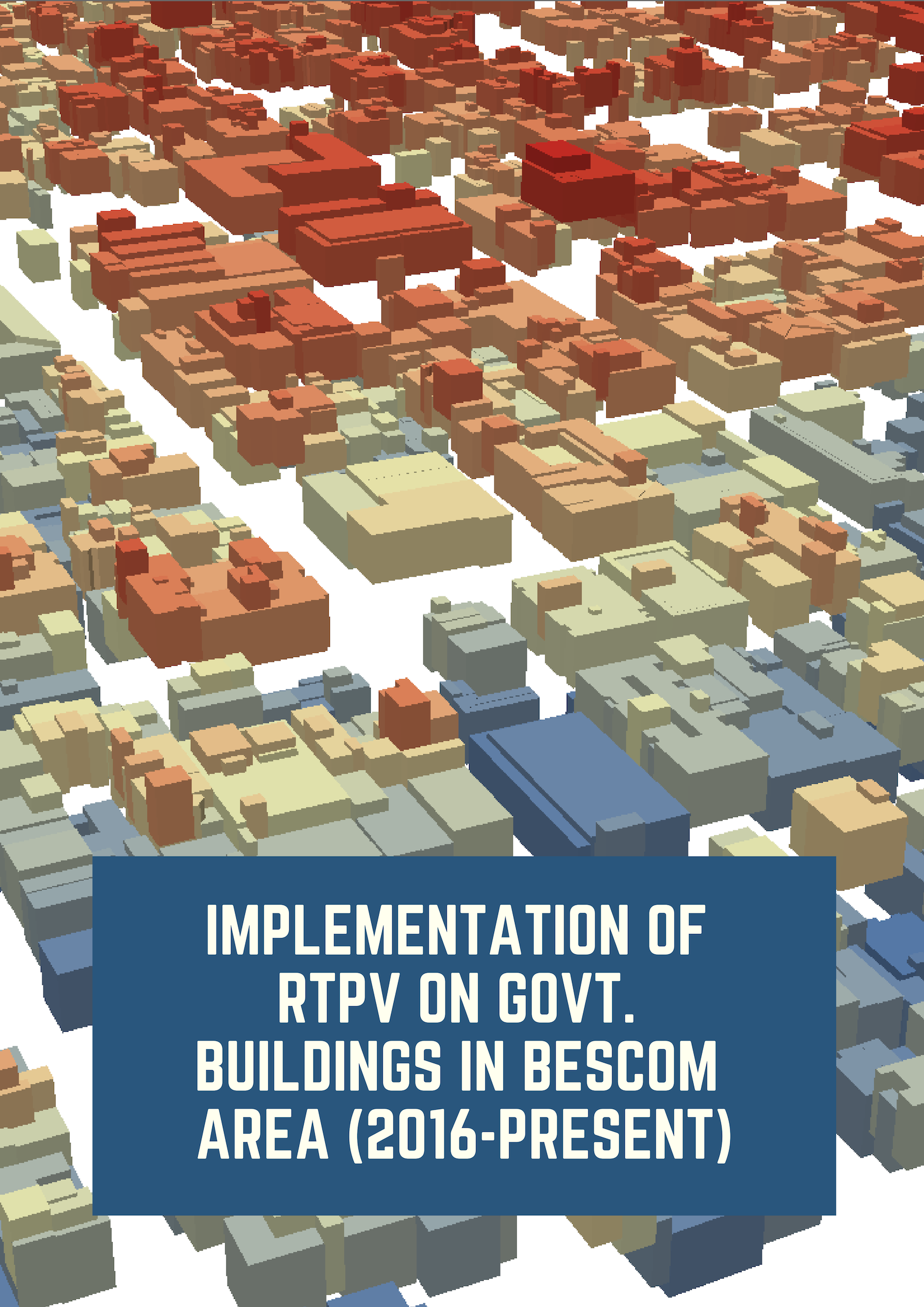


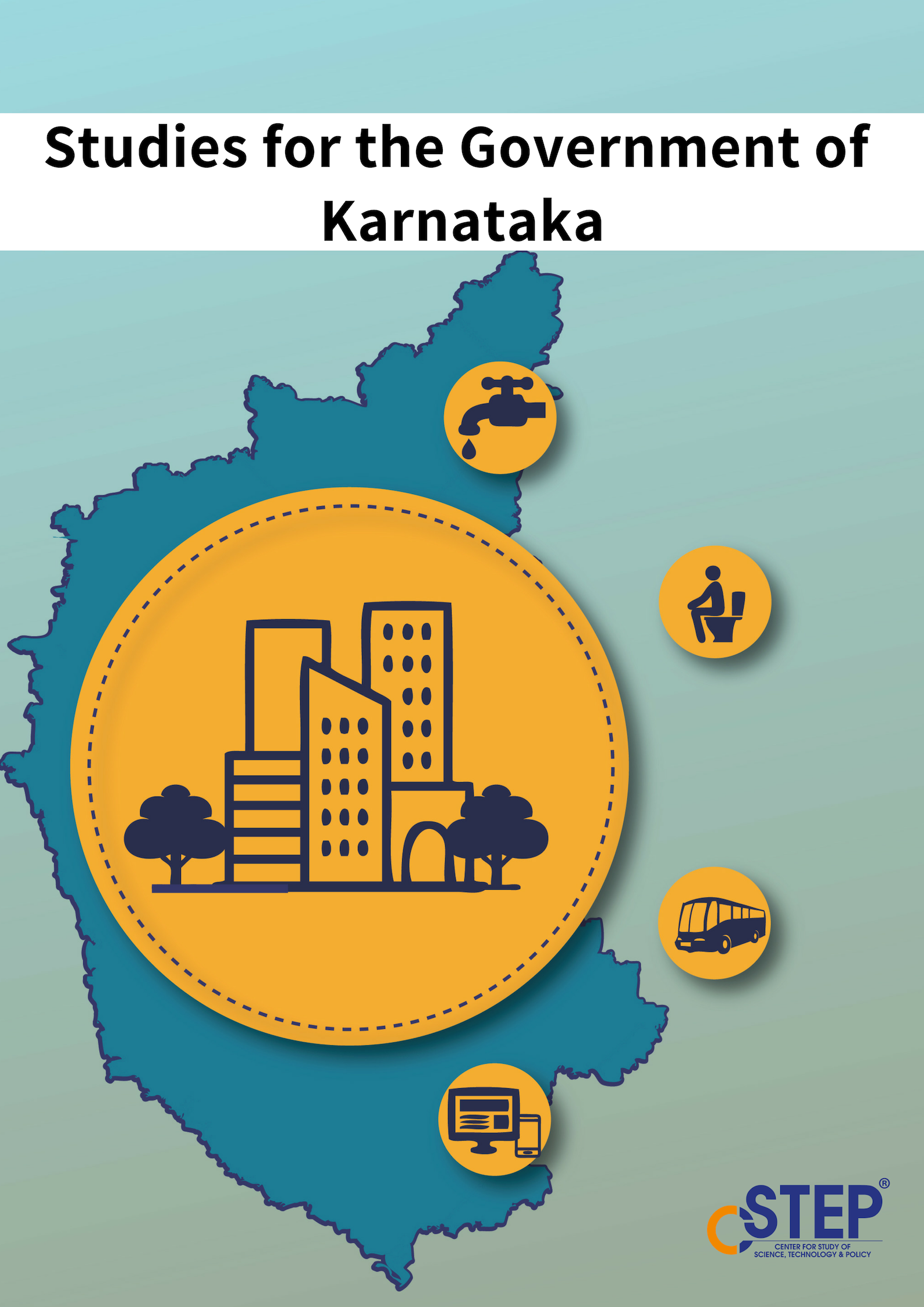

Hydropower in India
The International Energy Agency (IEA) and the Center for Study of Science Technology and Policy (CSTEP) conducted a webinar on assessing the potential of sustainably developing hydropower in India. Split into two sessions, the event was held on 12 October 2021 from 3:00 p.m. to 5:15 p.m. IST.
Smart Metering: A Status Check
The power sector is in the throes of a transition. This change is being driven mainly by renewable energy integration, energy storage technologies to support the renewables, and smart meters. By tracking electricity usage round the clock, smart metering facilitates dynamic pricing (raising or lowering the cost of electricity based on need), helping distribution companies (DISCOMs) cut down on commercial losses.
Beyond ACs and Fans - The Alternative Space Cooling Route!
The Sixth Assessment Report by the Intergovernmental Panel on Climate Change (IPCC) projects intense heatwaves in India, with longer durations and at an increasing frequency. This doesn’t bode well for the country which has a predominantly tropical climate and cooling is constantly required to maintain comfortable indoor spaces.
India's Journey Towards 450 GW
In his address to the nation on the occasion of the India’s 75th Independence Day, the Prime Minister mentioned that we have crossed the milestone of 100 GW of installed renewable energy (RE) capacity. Out of 100 GW RE, 40 GW is accounted for by wind power, 44 GW by solar, and the rest by small hydro, waste-to-energy, and biomass projects. The government had initially set an ambitious target of 175 GW of RE by 2022, which was later increased to 450 GW by 2030.
Emerging Technologies to Enhance Large-scale PV Project Performance
In order to improve the plant performance there could be multiple focus areas, right at the plant design stage to integration stage to achieve optimized plant performance. It is important for developers, EPC Contractors, O&M service providers to consider various options/ strategies to increase their plant yield at a minimal cost. Knowledge about the performance of solar power plants results in correct investment decisions and better regulatory framework, technical enhancement of solar photovoltaic technology.
The Changing Role of Data and AI in Green Energy
The imperative to adopt low-carbon energy is driving revolutionary changes in the power sector value chain across the globe. Renewable generation sources are proliferating, unidirectional distribution networks are slowly evolving into bidirectional networks, consumers are changing into prosumers, and dynamic energy markets are emerging.
India is still in the nascent stages of this revolution. Nevertheless, the journey towards a green energy future has begun. Artificial intelligence (AI) and the data that feed it are vital tools in this journey.
On-ground Revamp Can Make the New DISCOM Scheme Work
In yet another attempt to rescue the power distribution sector, the central government launched a new “reforms-based result-linked” scheme in this year’s Union Budget.
